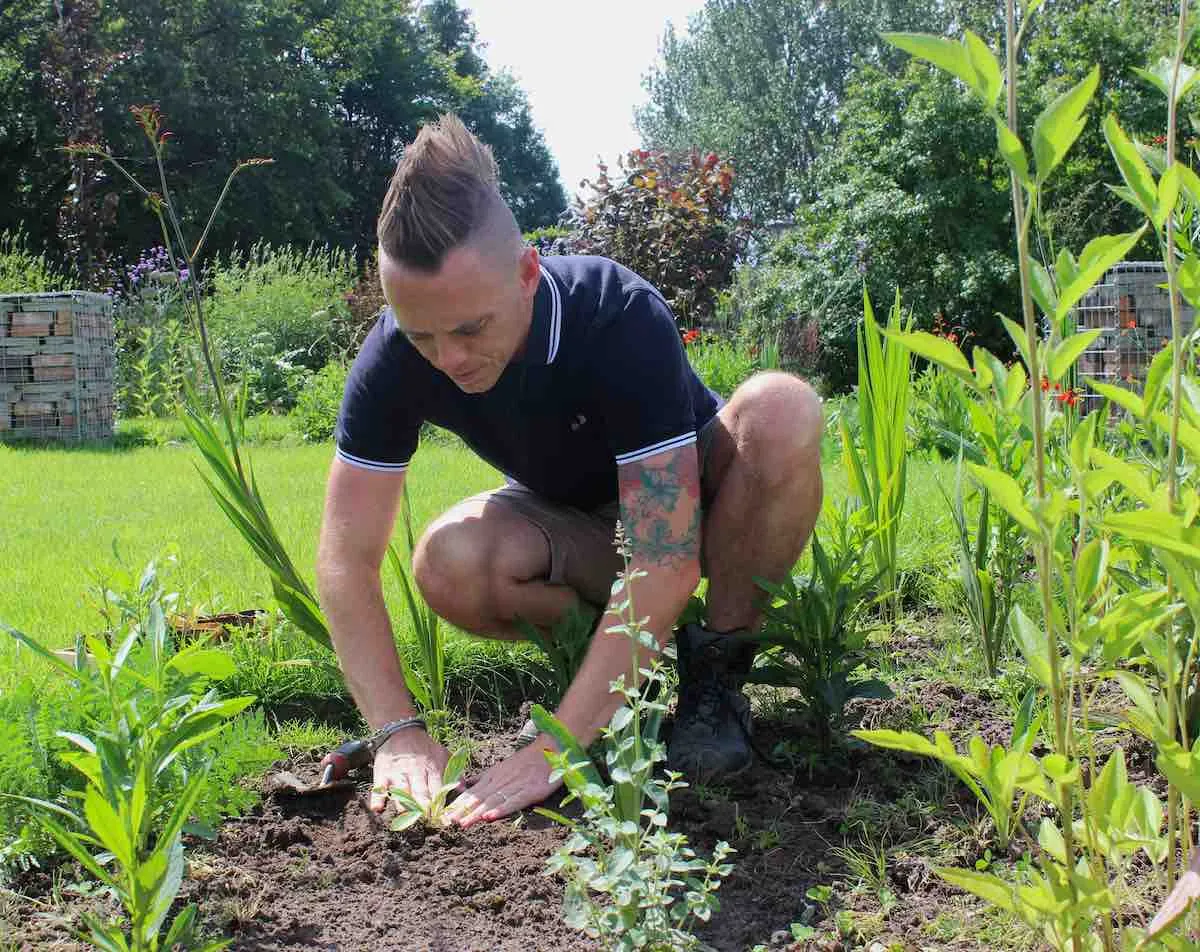Hi @tomgreen
You've got a classic case of shot hole disease (Stigmina carpophila) combined with bacterial canker. The holes aren't powdery mildew, they're literally holes where infected leaf tissue has died and dropped out, leaving those telltale "shotgun" patterns.
Whats happening to this Poertugese Laurel
The holes and black edges are textbook shot hole disease symptoms. This fungal infection starts as small brown spots that eventually fall out, creating the holes you're seeing. The black edges suggest bacterial canker is also present, especially common in Portuguese laurel when conditions are persistently damp.
Why it keeps coming back: Your NE-facing garden with poor air circulation and bottom-up watering creates perfect conditions for these diseases. The spores are living in fallen leaves and infected wood, reinfecting your plants annually.
How to treat Portuguese Laurel Canker and Shotholes
Immediate action is crucial to break this disease cycle. Start by stripping off all infected leaves, even if it leaves your hedge looking bare temporarily. This removes the source of reinfection that's been plaguing your plants year after year. Rake up and bin every fallen leaf around the base - don't be tempted to compost them as the spores will survive and spread back to your plants. Next, prune out any stems showing black streaking, cutting right back to healthy white wood. Finally, thin the hedge to improve air circulation through the centre, as stagnant air around damp foliage creates perfect conditions for these diseases to thrive.
Your prevention strategy needs to focus on changing the environmental conditions that favour these diseases. Switch to soaker hoses at soil level rather than overhead watering, which keeps foliage dry and prevents water splashing infected soil onto healthy leaves. Apply a preventive copper fungicide in early spring before any symptoms appear. Prevention is far more effective than trying to cure an established infection. Create a thick mulch layer around the base to prevent soil splashing during rain, and feed the plants with a potassium-rich fertiliser to strengthen their natural disease resistance. These changes will create conditions that favour your plants rather than the pathogens attacking them.
Why you shouldn't replace the soil
No, these aren't soil-borne diseases; they're airborne fungal spores. So replacing the soil wouldn't be a worthwhile option. However, you can improve the soil to reduce the impact of the issue on your Portuguese laurel. Check the raised bed is deep enough and isn't sitting on concrete or flags. It needs to be connected to the soil underneath it for such big shrubs.
- Adding fresh compost to boost soil health
- Improving drainage if the sleeper bed holds water
- Ensuring adequate soil depth - shallow roots stress plants and invite disease
Alternatvie heedge options to Portuguese Laurel
If you decide to replace, here are suitable options for shady, damp-prone spots:
Pleached oleaster (Elaeagnus x ebbingei) - Excellent shade tolerance, very disease-resistant with attractive silvery foliage Hornbeam (Carpinus betulus) - Very hardy, good for formal hedging Griselinia littoralis - Fresh green foliage, disease-resistant. Photinia 'Red Robin' - Attractive red new growth, more disease-resistant than laurel
Portuguese laurel in persistently damp, shaded conditions with poor air circulation will always struggle with these diseases. Pleached oleaster would be the most practical replacement - it handles your growing conditions excellently, provides attractive screening with silvery-green foliage, and is virtually disease-free.
Garden Ninja Lee 🥷
Hi @tomgreen
You've got a classic case of shot hole disease (Stigmina carpophila) combined with bacterial canker. The holes aren't powdery mildew, they're literally holes where infected leaf tissue has died and dropped out, leaving those telltale "shotgun" patterns.
Whats happening to this Poertugese Laurel
The holes and black edges are textbook shot hole disease symptoms. This fungal infection starts as small brown spots that eventually fall out, creating the holes you're seeing. The black edges suggest bacterial canker is also present, especially common in Portuguese laurel when conditions are persistently damp.
Why it keeps coming back: Your NE-facing garden with poor air circulation and bottom-up watering creates perfect conditions for these diseases. The spores are living in fallen leaves and infected wood, reinfecting your plants annually.
How to treat Portuguese Laurel Canker and Shotholes
Immediate action is crucial to break this disease cycle. Start by stripping off all infected leaves, even if it leaves your hedge looking bare temporarily. This removes the source of reinfection that's been plaguing your plants year after year. Rake up and bin every fallen leaf around the base - don't be tempted to compost them as the spores will survive and spread back to your plants. Next, prune out any stems showing black streaking, cutting right back to healthy white wood. Finally, thin the hedge to improve air circulation through the centre, as stagnant air around damp foliage creates perfect conditions for these diseases to thrive.
Your prevention strategy needs to focus on changing the environmental conditions that favour these diseases. Switch to soaker hoses at soil level rather than overhead watering, which keeps foliage dry and prevents water splashing infected soil onto healthy leaves. Apply a preventive copper fungicide in early spring before any symptoms appear. Prevention is far more effective than trying to cure an established infection. Create a thick mulch layer around the base to prevent soil splashing during rain, and feed the plants with a potassium-rich fertiliser to strengthen their natural disease resistance. These changes will create conditions that favour your plants rather than the pathogens attacking them.
Why you shouldn't replace the soil
No, these aren't soil-borne diseases; they're airborne fungal spores. So replacing the soil wouldn't be a worthwhile option. However, you can improve the soil to reduce the impact of the issue on your Portuguese laurel. Check the raised bed is deep enough and isn't sitting on concrete or flags. It needs to be connected to the soil underneath it for such big shrubs.
- Adding fresh compost to boost soil health
- Improving drainage if the sleeper bed holds water
- Ensuring adequate soil depth - shallow roots stress plants and invite disease
Alternatvie heedge options to Portuguese Laurel
If you decide to replace, here are suitable options for shady, damp-prone spots:
Pleached oleaster (Elaeagnus x ebbingei) - Excellent shade tolerance, very disease-resistant with attractive silvery foliage Hornbeam (Carpinus betulus) - Very hardy, good for formal hedging Griselinia littoralis - Fresh green foliage, disease-resistant. Photinia 'Red Robin' - Attractive red new growth, more disease-resistant than laurel
Portuguese laurel in persistently damp, shaded conditions with poor air circulation will always struggle with these diseases. Pleached oleaster would be the most practical replacement - it handles your growing conditions excellently, provides attractive screening with silvery-green foliage, and is virtually disease-free.
Garden Ninja Lee 🥷
 Lee Burkhill: Award Winning Designer & BBC 1's Garden Rescue Presenters Official Blog
Lee Burkhill: Award Winning Designer & BBC 1's Garden Rescue Presenters Official Blog



